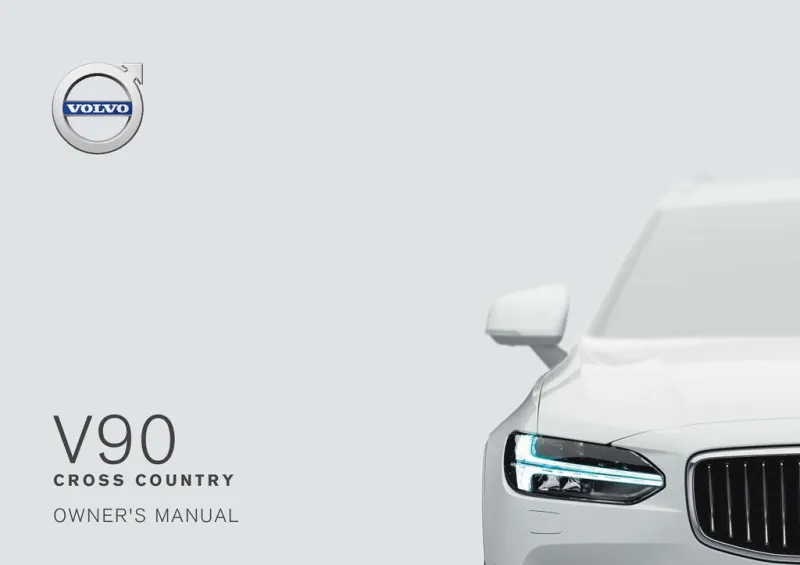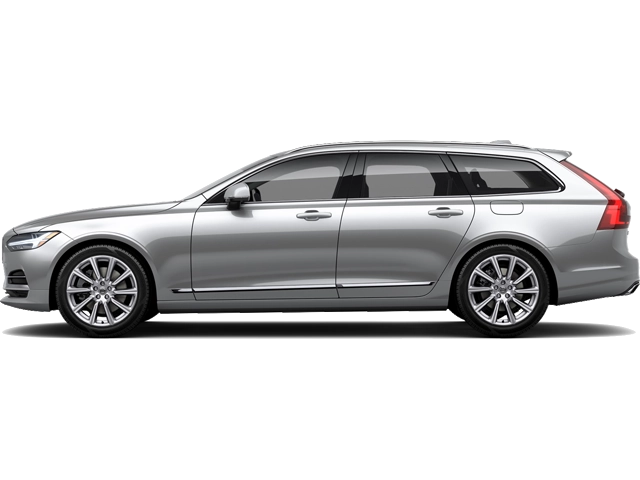2018 Volvo V90 Cross Country Owner's Manual

Table of Contents
2018 Volvo V90 Cross Country Overview
Introduction
The 2018 Volvo V90 Cross Country is a sophisticated blend of rugged capability and elegant design, aimed at those who seek adventure without sacrificing luxury. With its versatile all-wheel-drive system and higher ground clearance, the V90 Cross Country is engineered for a variety of terrains, striking a significant balance between outdoor exploration and everyday commuting. This exquisitely crafted wagon stands out with its Scandinavian aesthetic, offering ample space and comfort for both drivers and passengers alike.
Powertrains
The 2018 V90 Cross Country is powered by a robust 2.0-liter turbocharged inline-four engine, delivering a thrilling 250 horsepower and 258 lb-ft of torque. For those desiring even more power, an optional T6 variant boosts performance with a supercharger, generating an impressive 316 horsepower. Both powertrains are paired with an 8-speed automatic transmission, ensuring smooth shifts and dynamic performance whether you're cruising the highways or tackling challenging road conditions.
Trims
The V90 Cross Country is available in three trims: the base Cross Country, the mid-level Cross Country T6, and the luxurious Cross Country T6 Inscription. Each trim offers a unique blend of features and options, allowing owners to customize their vehicle according to their preferences. The higher trims boast enhanced luxurious elements such as upgraded leather upholstery, premium audio systems, and exclusive design elements that elevate the overall driving experience.
Features
This model is rich in technological advancements and safety features. The intuitive Sensus infotainment system provides seamless connectivity via Android Auto and Apple CarPlay integration. Standard safety features include advanced systems such as Collision Avoidance Assistance and Lane Keeping Aid, ensuring peace of mind on every journey. Add to this the spacious cargo area and comfortable seating for up to five passengers, and the V90 Cross Country becomes a must-have for families and adventurers alike.
Owners Manual
The 2018 Volvo V90 Cross Country owner's manual is an essential guide that highlights features, maintenance schedules, and safety protocols. It serves as a comprehensive resource for owners to familiarize themselves with the advanced functionalities of their vehicle. From troubleshooting common issues to understanding the in-car technology, the manual ensures an enjoyable driving experience, while also encouraging proper care and longevity of this exceptional wagon.
User manual download
The Volvo V90 Cross Country owner manual for the 2018 model year is to be found in PDF downloadable format on this page. The owner manual for the model year 2018 is free and in English, but the repair manuals are usually not easy to get and may cost more.
Manual Questions
Fill the form below and someone will help you!

